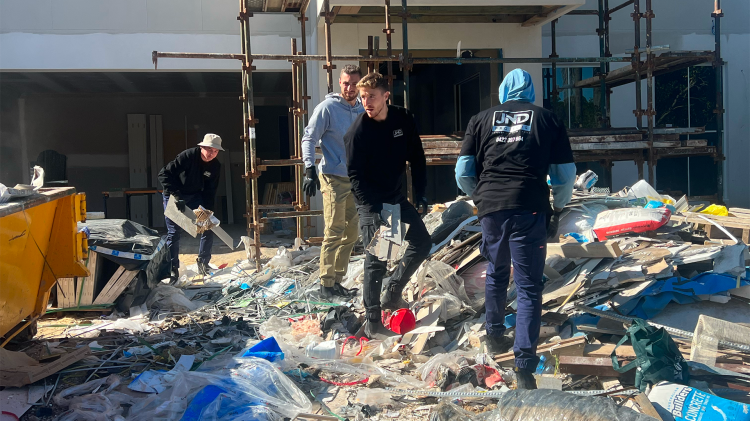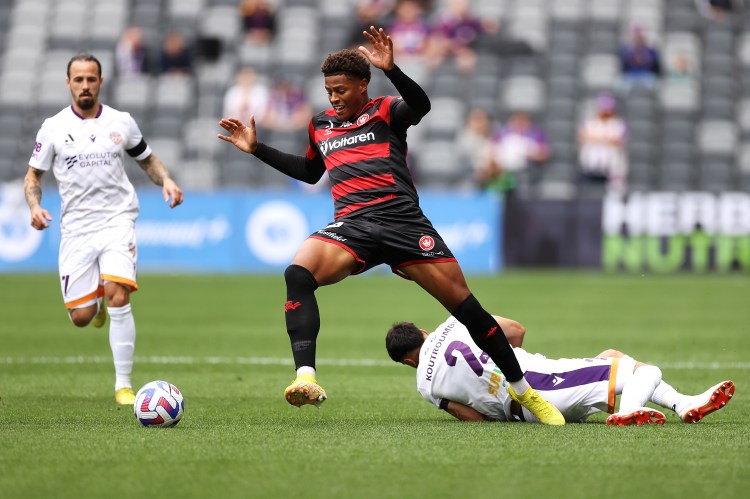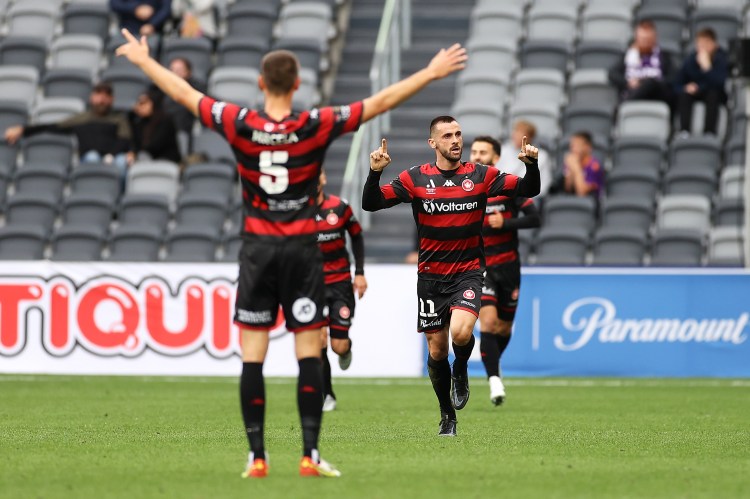Since the First Nations people set foot in Western Sydney more than 30,000 years ago, the region has been a breeding ground for transience, growth and innovation.
Through oral histories told generation after generation, it is known that the Cumberland Plain was an important camping and meeting place for First Nations people travelling over the Blue Mountains and into now what is Parramatta and Sydney.
These travellers included people from the Gandangara tribe, the Mulgoa tribe of the Darug people, the Dharawal people, and the Wallumedegal people.
Over many years, this camping and meeting area in Western Sydney saw conversations and exchanging of ideas that led to innovation and growth thanks to a diverse collection of people from many places.
The seeds of Western Sydney were born from diversity and innovation from the very first days of civilisation, so it is poignant that Western Sydney still remains Australia’s flagship region when it comes to diversity and innovation.
Today, Western Sydney is made up of 2.5 million people, 35% of whom were born overseas, with the area’s population coming from more than 170 countries and speaking over 100 different languages.
This is not tokenism, this is genuine diversity: a true representation of the global community right here across the entire fabric of our region. A region which houses 60% of Australia’s total number of incoming migrants every year.
In spite of – or perhaps due to – this broad range of people, when it came to business, politics, and media, Western Sydney was traditionally ignored by the more fancied coastal regions and cities.
This meant, for Western Sydney to succeed, people here needed to work harder and smarter.
This is where diversity and innovation work hand-in-hand.
Diversity drives creativity and innovation. Every culture, every nationality, and every individual sees the world in a different way with their knowledge, perspective, and point of view moulded by their life experiences.
The more knowledge, experience, and perspective in a group of people the faster the rate of learning and the higher the chances of positive outcomes and successful innovation.
In short: the more diverse a group of people are, the more diverse that group’s set of skills are. When we put all our skills together, we can get more done and at a higher level of quality.
It’s why Western Sydney as a region is so successful in art, business, and education.

This mantra of being ignored and having to work harder for this region’s success to be acknowledged also transcends into the sporting arena.
Despite funding and media attention historically focussed on the glitzier side of town, for years Western Sydney was the breeding ground for many of the Socceroos produced in New South Wales: with National Soccer League clubs working on limited budgets to produce national team players.
More recently, the Western Sydney Wanderers became the first and only Australian club in history to win the AFC Champions League and has provided player after player from the Wanderers Academy to both its own first team, and to many other professional clubs around the country.
Since foundation, the Wanderers prided themselves on being a reflection of the community that they represented: working hard, being successful against all odds, and being a valued member of the region by giving back to the people of Western Sydney through community work.

In no way do they more accurately represent the Western Sydney community than in the diversity displayed by their playing and coaching staff.
14 different nations are represented in the 30-man playing squad: 15 nations when taking the coaching staff into consideration.
With 170 different nationalities in the 2.5 million Western Sydney population, the diversity in 30-man Wanderers squad is a direct reflection of the region in which the club exists and represents.
The squad is comprised of a player of First Nations heritage in Tate Russell, and extends all the way to players representing modern immigration trends.
For example, in the past ten years, 50% of arrivals in Western Sydney have been from Iraq and Sudan.
And while the Wanderers haven’t had a player of Iraqi heritage since Academy graduate and Australia U20 representative, Mario Shabow, both Ruon Tongyik and Kusini Yengi are of South Sudanese heritage.
Four continents are represented in the playing group of the Red & Black with members of the squad’s heritage coming from Africa, Asia, Europe, and South America.

Along with Tongyik and Yengi (South Sudan), Adama Traore is from Côte d’Ivoire having been born there and represented them at the international level while Yeni NgBakoto has heritage from both Côte d’Ivoire and Congo – having represented the latter in 2017.
Asia is represented through two members of the playing group and one member of the coaching staff. Ramy Najjarine and High Performance Manager, Elias Boukarim, both have their roots in Lebanon.
Europe is strongly represented with heritage from nine different nations: Bosnia and Herzegovina, Croatia, England, France, Greece, Italy, Portugal, and Serbia.
Sulejman Krpic joins the club direct from Bosnia and Herzegovina where he starred in their domestic league and represented the national team. Oliver Bozanic and Tomi Mrcela have Croatian ancestry along with head coach Mark Rudan, assistant coach Tomi Vidovic, and Head of Physiotherapy, Stan Ivancic.

Tom Beadling has an English background and was born in Cumbria, Romain Amalfitano and Yeni NgBakoto were both born in France and started their senior careers in their country of birth.
Alessandro Lopane, Brandon Borrello, Gabriel Cleur, and Jarrod Carluccio are all of Italian heritage, Head Analyst Pedro Ramos is of Portuguese descent, Milos Ninkovic was born and bred in Serbia – even playing for them at a FIFA World Cup.
Finally, South America is represented through club captain, Marcelo, who hails from Brazil.
All of these cultures and nationalities in one playing group only increase the size of the total knowledge and perspectives in the squad, but gives a true indication of what the Western Sydney community – and the football community in general – is made up of.
Just like Western Sydney being ignored for so long, the mainstream population shunning football for much of its earlier existence in Australia forced the sport to open its doors to everyone who wanted to be part of the game – or else risked perishing in this country.
This, combined with many clubs being formed and run by immigrant communities, ensured that football had a much wider cultural footprint than any other sport in the country – despite what various PR machines still try to claim to this day.
What you see in the playing group of the Wanderers is representative of football in this country, and it is representative of their region, Western Sydney.
By bringing people of different backgrounds to work together in search of success, this team is not just trying to bring pride and championships to the region of Western Sydney – but also to the 170 nations that the entire Western Sydney community is made up of.




